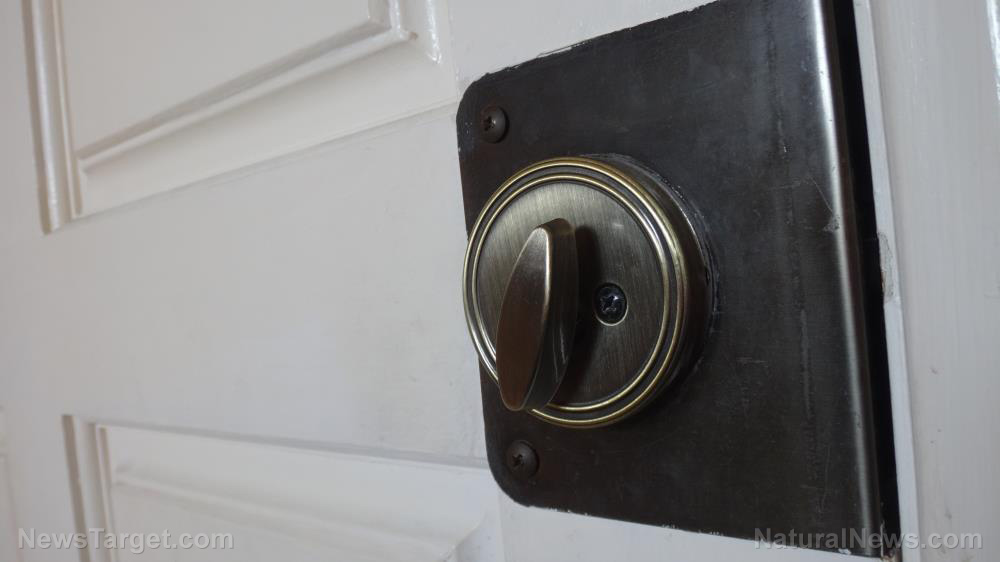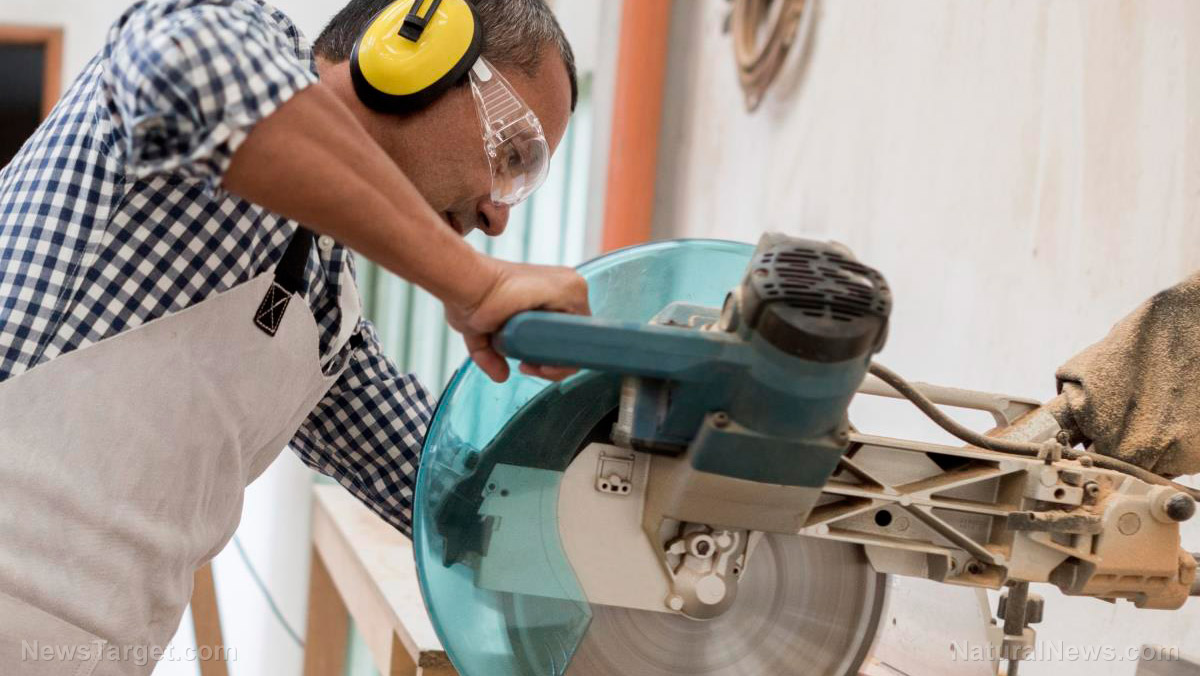How to save even more when you go off-grid
08/14/2019 / By Edsel Cook

Adopting an off-grid lifestyle is not just insurance for when SHTF. Self-sufficiency also saves a lot of money in non-emergency situations, especially during retirement. (h/t to Survivopedia.com)
Electricity and water account for a sizable chunk of the monthly bill. Preppers and homesteaders will spend less and save more if they reduce the amount of electricity and water that they get from the local grid. (Related: 5 Important homesteading lessons to learn from American pioneers.)
Build a DIY power system for off-grid electricity
To save on electricity, set up a DIY off-grid power system. Building and installing the electronics will save 50 percent of a solar contractor’s price and prevent them from gouging you with their deals.
Use a mix of solar panels and wind turbines. Hook up the sustainable energy systems to a battery system that stores excess electricity.
Maximize the efficiency of the photovoltaic panels and wind turbines. For the solar panels, this means adjusting their angles with every passing season so that they point directly at the sun. As for the turbines, place them in a clear area with a regular supply of strong winds.
There are two ways to use the power. The first is to connect the output of the power system’s voltage inverter to the breaker panel at home.
The second takes advantage of solar panels and wind turbines producing 12 volt DC power. Identify all electrical devices that run on that power and hook them up to the battery system. This reduces the loss of energy during the inversion from DC to AC.
Cut back on electricity costs with these power-saving tips
To save even more electricity, install a secondary lighting system that runs on 12 volt DC and uses energy-efficient LED lights. Hook this up to the battery system.
Sponsored solution from the Health Ranger Store: Lab-verified Nascent Iodine solution is a dietary supplement that provides your body with supplemental iodine to help protect your thyroid during radiation exposure. Nuclear accidents such as Fukushima (or nuclear war) can expose your body to radioactive iodine-131, a dangerous radioisotope. Pre-loading your system with stable iodine occupies the iodine receptor sites on your organs, causing your body to naturally expel radioactive iodine you may have been exposed to through air, food, water or milk products. This defensive strategy is recommended by nearly all health authorities, worldwide, including the Nuclear Regulatory Commission. Discover more at this link.
Replace as many lights in the primary lighting with LED bulbs. Only keep and use the CFLs for rooms and jobs that need bright light.
If an electric heater came with the home, consider replacing it with a DIY solar water heater. Keep the old water heater as a storage tank for the heated water.
After building a solar collector, set up a circulating pump to transfer the water between the heater and the storage tank. Also, install a temperature sensor that will automatically turn on the electric heater.
Swap out the electric dryer for a clothesline. Likewise, drop any electric ranges for a wood-fired grill – put it outside to keep it from heating up the home.
Reduce your dependence on the city or municipal water grid
Severing connections with the municipal or city water grid is harder. The water bill also includes sewer and garbage collection.
Minimize the water drawn from the public water supply. At the same time, set up a DIY water harvester, such as a rainwater capture system or a groundwater well.
Keep the DIY water harvesting system separate from the municipal grid. Cities and municipalities monopolize the local supply. They may take legal action if water from other sources outside their control enters their jealously guarded lines.
One example is to restrict usage of municipal or city water to the kitchen. The bathrooms and garden hose may be hooked up to the water harvester system.
Save up “gray water” such as bathwater and laundry water for later use. Instead of using clean water to irrigate the lawn or trees, use the dirty water.
Finally, setting up an independent septic tank will save the cost of paying the city or municipality for sewer service. If the city or municipality insists on switching over to their sewer service, install a valve to switch back to the off-grid septic tank in an emergency.
Sources include:
Tagged Under: bug out, DIY, electricity, homesteaders, homesteading, off grid, Off-the-grid living, power grid, preparedness, Preppers, prepping, public water supply, renewable energy, self sufficiency, solar panels, solar power, survival, sustainable living, water supply, wind energy, Wind Turbines
RECENT NEWS & ARTICLES
COPYRIGHT © 2017 · SURVIVAL NEWS



















